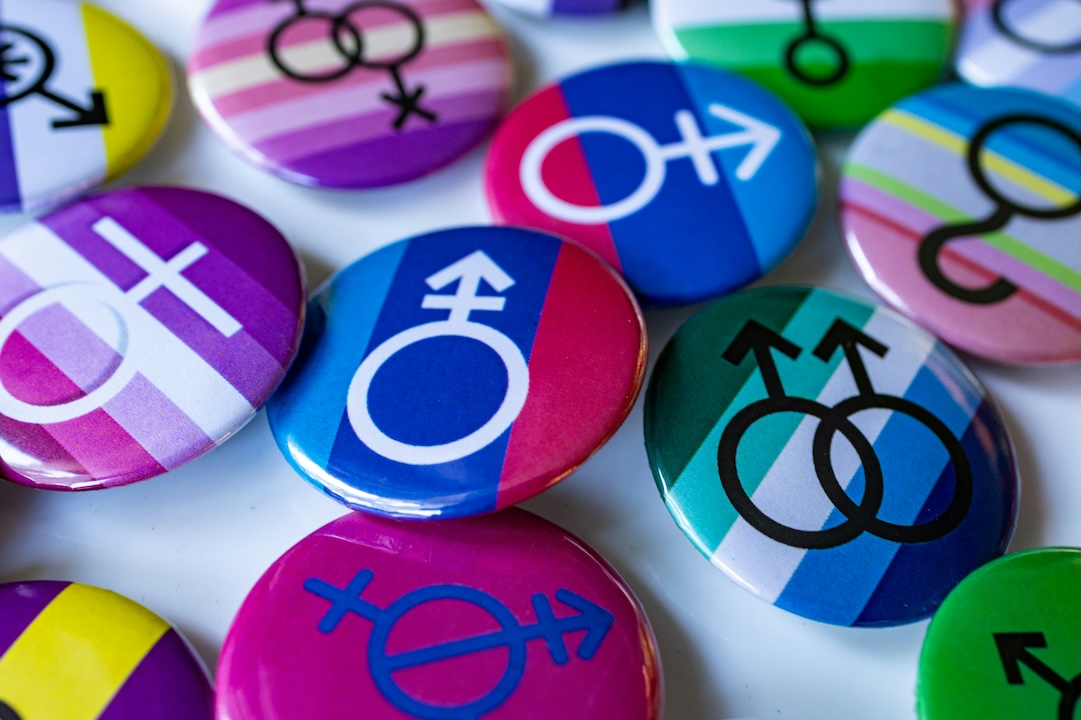A leading question comes pre-loaded with an answer, like “have you stopped cheating on your taxes?” The Law Commission’s recent report looks uncomfortably like another entry in this genre.
Almost at the very end, the report contains a statement that would have been incomprehensible not that long ago: “Most people who become pregnant and give birth are women. However, not all are.” If you’re wondering how the Commission arrived at that conclusion, there’s a clue right at the start—on the cover, in fact.
The Commission was considering whether the Human Rights Act should be changed to make “gender identity” a protected category in anti-discrimination law. It launched an Issues Paper, Ia Tangata, and invited submissions. Now, in its final report, also titled Ia Tangata, it says, “‘Ia’ itself is the gender-neutral third person pronoun – the only third person pronoun in te reo Māori. ... it reflects the fact that gender is viewed in different ways within the diverse communities that make up Aotearoa New Zealand.”
It’s a little hard to avoid the implication that a particular view of gender was baked into the review from the outset. While it’s true, and trite, that people view gender differently, that doesn’t appear to be a simple statement of fact. Instead, the review explicitly “proceeds on the assumption that gender identity is not simply a belief or ideology and that some people have a deeply felt, internal and individual experience of gender that does not correspond with the sex they were assigned at birth.” While that’s certainly true for those who suffer from a condition like gender dysphoria or gender incongruence, the report goes further.
It makes this clear when it defines gender identity as someone’s “internal sense of identity as male, female or another gender or genders.” This is a subjective and malleable concept and a fairly recent entry into public consciousness. The Commission supports its assumption by saying that, “[r]ecognition that it is legitimate for a person’s gender identity to differ from the sex the person was assigned at birth is deeply embedded in New Zealand law”, yet most of the examples it gives were enacted in the last decade or so.
This is not the place for detailed analysis of the report which, given that it’s 457 pages long, would take quite some time. The key point now is simply that the Commission’s conclusions became almost inevitable once it made that assumption. The chief conclusion is that gender identity and gender expression should be “prohibited grounds of discrimination”. To give just one example of where this logic leads, the Commission considers that people should be able to use single-sex facilities like toilets and changing rooms in cafes, restaurants and gyms according to their gender identity rather than their biological sex. Not to allow a man who identifies as a woman to use the women’s facilities would become unlawful discrimination, if the Commission’s recommendations are accepted.
The Commission’s report reflects a specific set of beliefs about the nature of the person and of the body. As we have pointed out previously, including in our submission to the Commission, these are literally metaphysical questions that a law reform body has no real expertise in. To be fair to the Commission, assumptions like these necessarily inform law and policy, and at least the Commission has clearly told us what it believes.
Now we wait to see whether the government shares those beliefs, and acts on the Commission’s recommendations.



